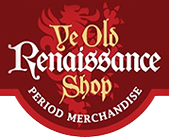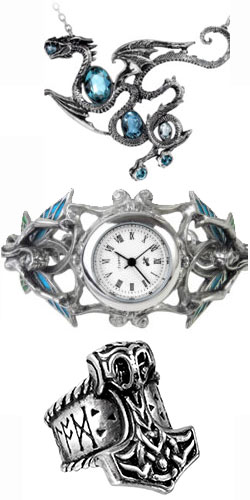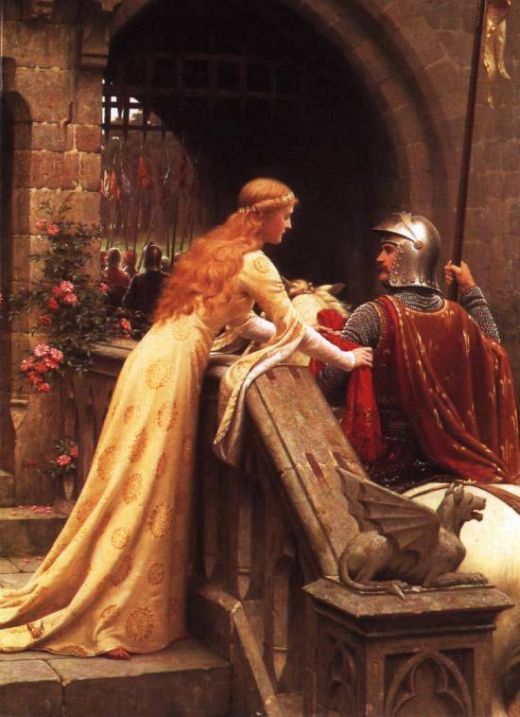How to Dress Renaissance
Tunics, Breeches, Corsets and More—The Basic Elements of Middle Ages Clothing
 The Middle Ages lasted from the late fifth century to the late fifteenth century, so they covered quite a long space of time and are usually divided into the early middle ages, the high middle ages and the late middle ages. Not surprisingly, middle ages clothing changed a lot from the early middle ages to the late middle ages, generally becoming more colorful and more ornate, as new inventions came into being. Today, we may take buttons and lace for granted, but people didn’t have such things in the early middle ages. So here is a brief history of what people wore during this time:
The Middle Ages lasted from the late fifth century to the late fifteenth century, so they covered quite a long space of time and are usually divided into the early middle ages, the high middle ages and the late middle ages. Not surprisingly, middle ages clothing changed a lot from the early middle ages to the late middle ages, generally becoming more colorful and more ornate, as new inventions came into being. Today, we may take buttons and lace for granted, but people didn’t have such things in the early middle ages. So here is a brief history of what people wore during this time:
Clothing of the Early Middle Ages
In the Early Middle Ages–from around 475 to 1000–men generally dressed in Roman style, with flowing tunics covering their upper body and fitting breeches on the lower body. Sometimes, the breeches were made to cover the feet as well. Richer people added furs and jewelry which included necklaces, torques (a stiff kind of necklace made from one continuous metallic band), brooches and rings. Wool and linen were generally used to make clothes and shoes were very simple, made in turn-shoe style where two pieces of leather were stitched together and turned inside out, drawn together by a piece of string in the front, much as many of our shoes are made today.
High Middle Ages
The High Middle Ages lasted from 1000-1300 and there was a lot more experimentation in clothing during this time. People started getting silk from oriental countries, and many nobles would use this in their clothing. Plus, they would wear longer, more ornate tunics with flared sleeves. At this time, the Sumptuary laws were enacted which meant that only nobles could wear more ornate, rich, colorful clothes, and people of the lower classes were actually barred from wearing them.
Men also tended to dress more flamboyantly than women, arguing that this was the case in the natural world. Among animals and birds, it’s usually the male who looks more eye-catching because he has to attract a suitable female. So men felt, in the middle ages, that it was their prerogative to dress better than women did—obviously a fashion trend that did not last.
Late Middle Ages
In the Late Middle Ages, from 1300—1450, we see the emergence of what we now think of as historical women’s clothing, consisting of a large skirt, a low neckline and a corset in the middle which creates an hourglass shape. During this time, buttons and lace came were invented and cotton came to be used as a fabric for clothing. People started experimenting more with their clothes, wearing contrasting trousers and jackets, and long shoes where the toes would be stuffed (Freud referred to these as phallic symbols!)
So if you’re looking to put together a middle ages costume, you can either go simple, with a tunic and breeches or you can add all the bells and whistles such as a long coat, long shoes and various pieces of jewelry. For women, a corset is a necessity as is a long skirt and a peasant blouse. Whether you plan to dress as a noble or a peasant, just remember to have fun.


